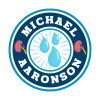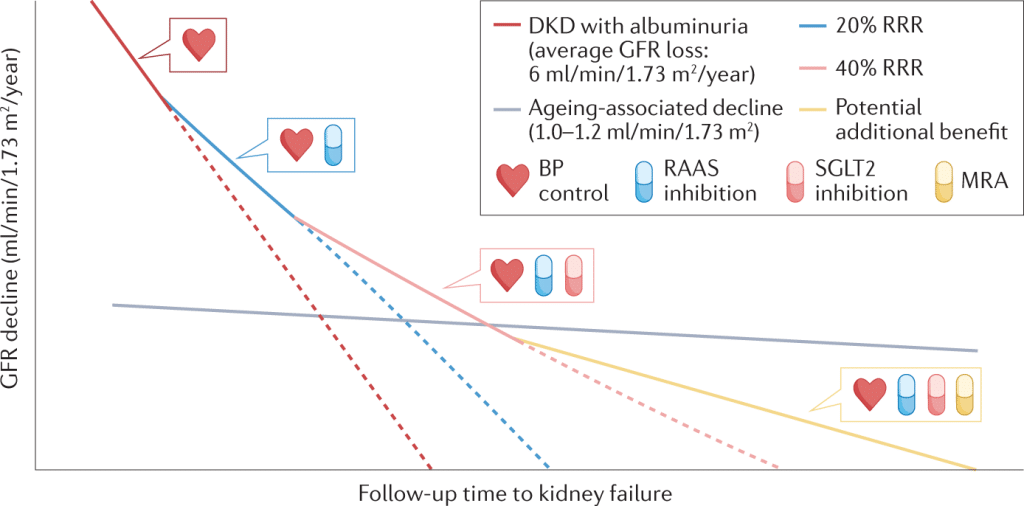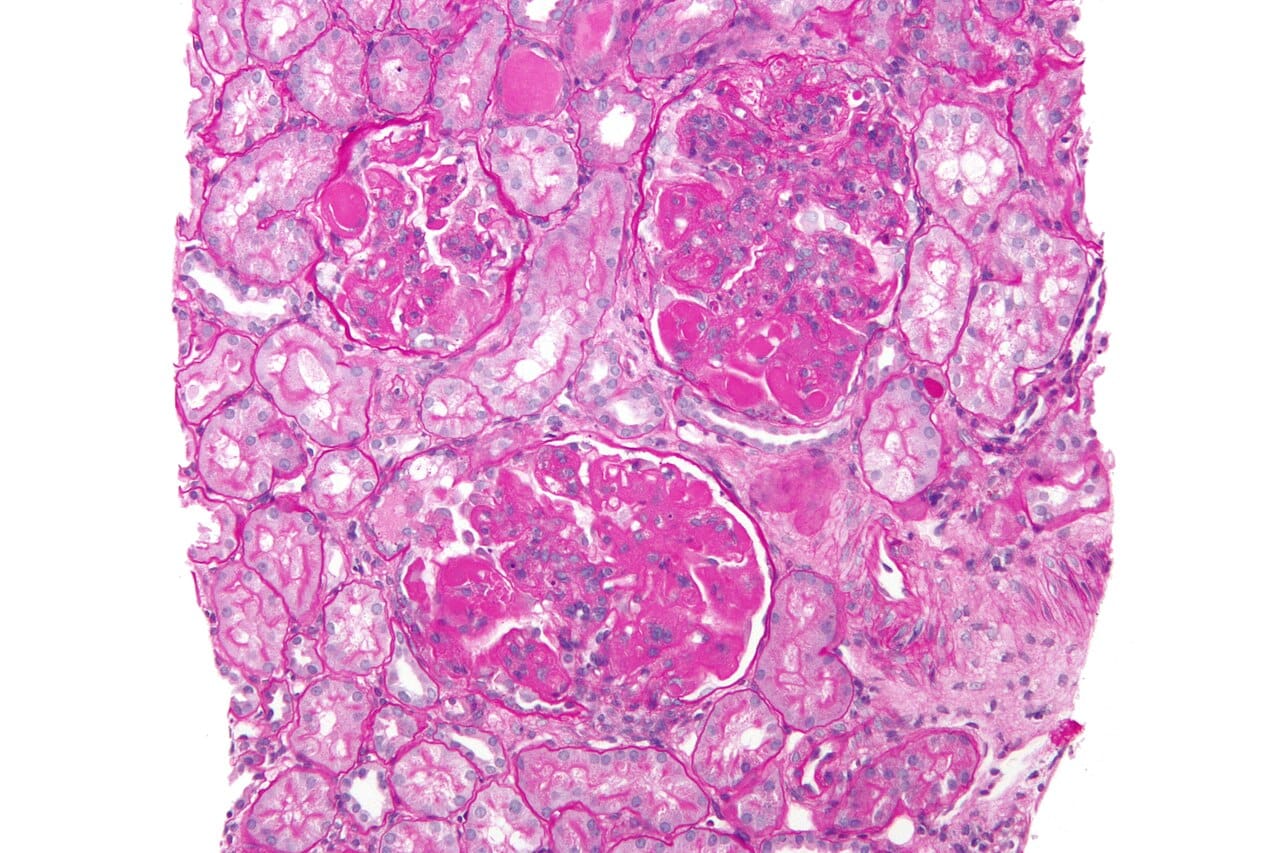Background: The 5 CKD Stages can be challenging to comprehend when first heard. We hope the following patient education CKD handout helps clarify.
It is not uncommon for patients who present to the Nephrology and Hypertension Clinic for the first time having trouble appreciating the purpose of their visit: to prevent the worsening of their kidney function and avoid dialysis and the need for kidney replacement therapy. In order to educate further, kidney providers assess the level of kidney damage. How do we do this?
The level of kidney damage is assessed using a calculated eGFR. eGFR is the estimated glomerular filtration rate, a standardized equation, that tells us how much damage the kidneys have. Once we have a patient’s GFR, we can determine the stage of CKD. (Please note: after this is done, nephrologists frequently order a urine albumin to creatinine ratio to risk stratify a patient further. You can read more about that here.)
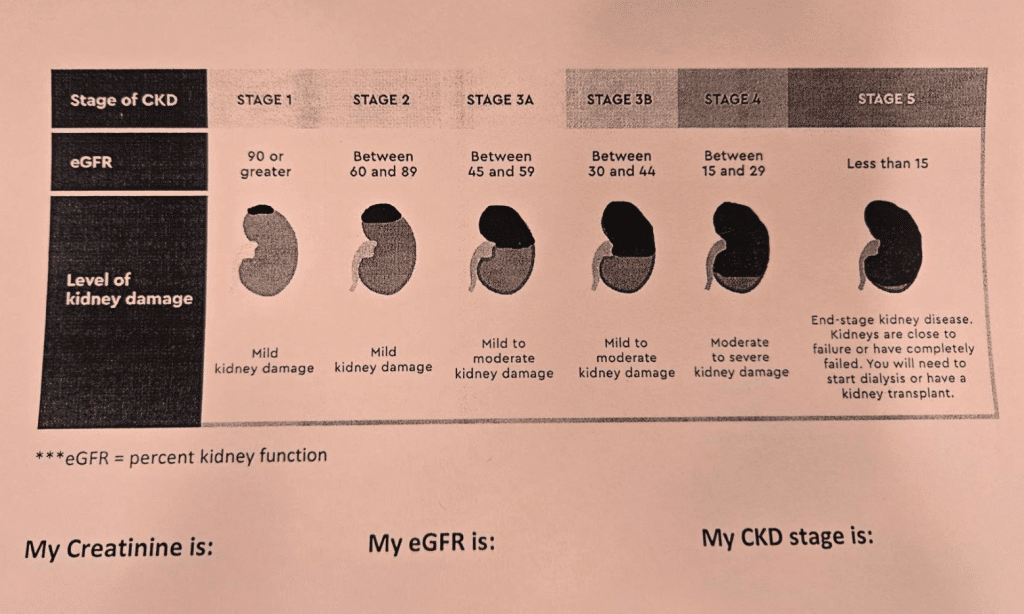
During a visit to our office, we frequently provide the above patient education CKD handout to inform and instruct. Let us work through the form.
The first step is to calculate the GFR, in row 2 on the above form. The number will be provided either from the lab, or we can calculate the value using an online form. I frequently use the online option offered by the National Kidney Foundation (see inspiration below):
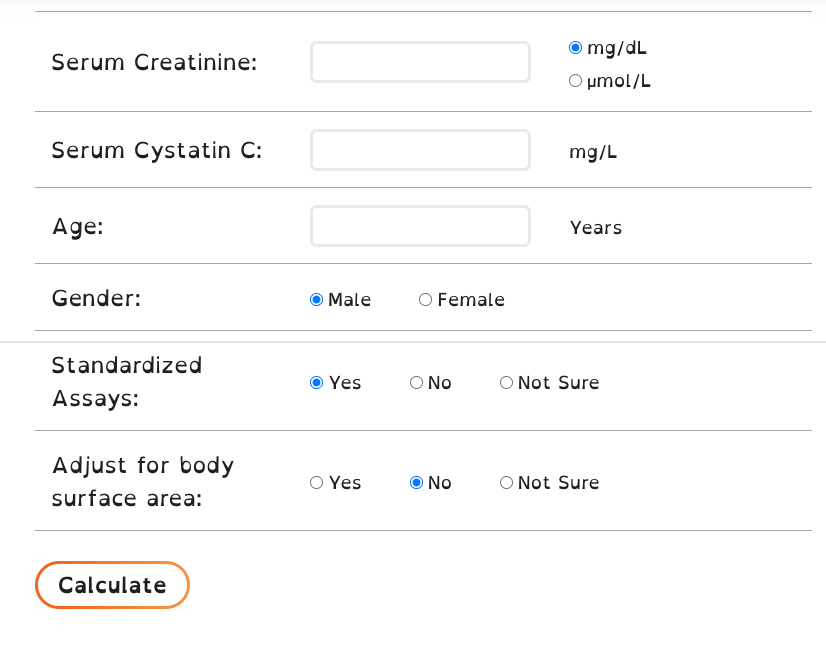
Sidebar: Cystatin C is used when we are not sure the creatinine value is accurate. For example, when a patient is taking creatine (learn more: Getting Strong But Is Creatine Affecting My Creatinine?) by Michael Aaronson MD.
Once we have the eGFR value, we can calculate the stage of the patient’s chronic kidney disease: 1, 2, 3A, 3B, 4, or 5, in row 1 on the patient education CKD handout above. Using the knowledge we gain, the nephrologist can have a conversation regarding slowing the progression of chronic kidney disease, hoping to avoid dialysis. This goal is achieved using goal-directed kidney therapy.
Let us discuss this in further detail using a quiz based approach:
Please answer the following questions:
How do the earlier stages of chronic kidney disease, 1-3B differ from the later stages, 4-5?
In the earlier stages (CKD Stages 1–3), shown in row 3 of the patient education CKD handout above, the kidneys can better filter waste products out of the blood and into the urine.
In the later stages (CKD Stages 4–5), the kidneys must work harder to filter waste products out of the blood and into the urine. They may stop working altogether.
What is the goal at each stage of chronic kidney disease?
The aim during every stage of CKD is to delay kidney damage and maintain kidney function for as long as possible, to avoid kidney replacement therapy. The nephrologist can have different objectives for you based on your stage.
What is kidney slope?
In chronic kidney disease (CKD), kidney slope refers to the rate of decline in kidney function over time. We use kidney slope to predict a patient’s prognosis. The usual method to evaluate kidney slope is to monitor changes in the estimated glomerular filtration rate (eGFR), which calculates kidney efficiency in filtering waste from the blood (see figure below).
The kidney function is deteriorating rapidly when the slope becomes more negative. This suggests that your CKD is worsening at a faster rate and raises the likelihood of advancing to stage 5.
A gentler slope suggests a slower decline or steady kidney function. This shows that your CKD is either progressing slowly or has stabilized, reducing the likelihood of requiring dialysis or kidney replacement therapy in your lifetime.
What is goal-directed kidney therapy?
Read our blog post: Goal-Directed Kidney Therapy To Prevent Worsening Chronic Kidney Disease: Quiz, by Michael Aaronson MD for more information.
Discussion:
Related Posts by Michael Aaronson MD:
